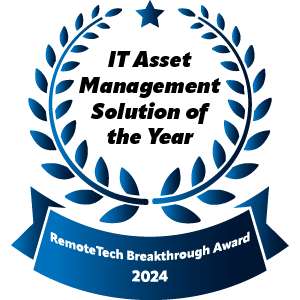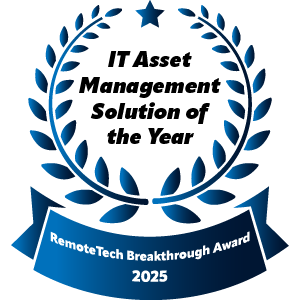Navigating AI, Platforms, and the Future of Circular IT
The Acceleration of IT Lifecycles
Not long ago, data center servers were built to last seven or even eight years. Today, the rise of artificial intelligence has collapsed that lifecycle to under two.
At the MIT Platform Strategy Summit, ReturnCenter CEO Steve Andon highlighted that this acceleration isn’t just a financial challenge—it’s a circularity issue. Shorter lifespans for IT equipment have massive implications for material use, energy consumption, and the downstream ecosystems that handle reuse and recycling.
Circular Intelligence: A New Way to Think About Devices
What if AI could predict when every device in your IT environment was ready for a second—or even third—life?
Steve Andon shared his vision of “circular intelligence”: a future where AI agents anticipate failures, connect devices to downstream reuse and recycling opportunities, and transform end-of-life into a new beginning. This is about more than efficiency, it’s about sustainability woven into the very fabric of IT asset management.
Governance: The Foundation of Trust
As AI agents begin to interact across platforms, the risks extend far beyond technical challenges. Governance becomes critical.
Without clearly defined rules of engagement, interoperability can quickly collapse into chaos. For platforms that manage IT assets, governance is not optional. It is the foundation of trust, scale, and long-term sustainability.
Leadership in the Age of AI
AI is a powerful tool, but it is still just a tool. Steve closed the Summit panel with an important reminder: leaders have agency in how AI is deployed.
Just as a skier learns to control their skis, businesses must recognize that they are not passive passengers in this transformation. The future of AI is about making deliberate, values-driven choices that shape outcomes for business, people, and the planet.
The Takeaway
The MIT Platform Strategy Summit made one thing clear: the intersection of AI, platforms, and IT asset management is reshaping not just technology, but also the way we think about responsibility, sustainability, and leadership.
By embracing circular intelligence, strong governance, and deliberate leadership, organizations can navigate this transformation with clarity—and help build a future where IT assets don’t just end, but evolve.



